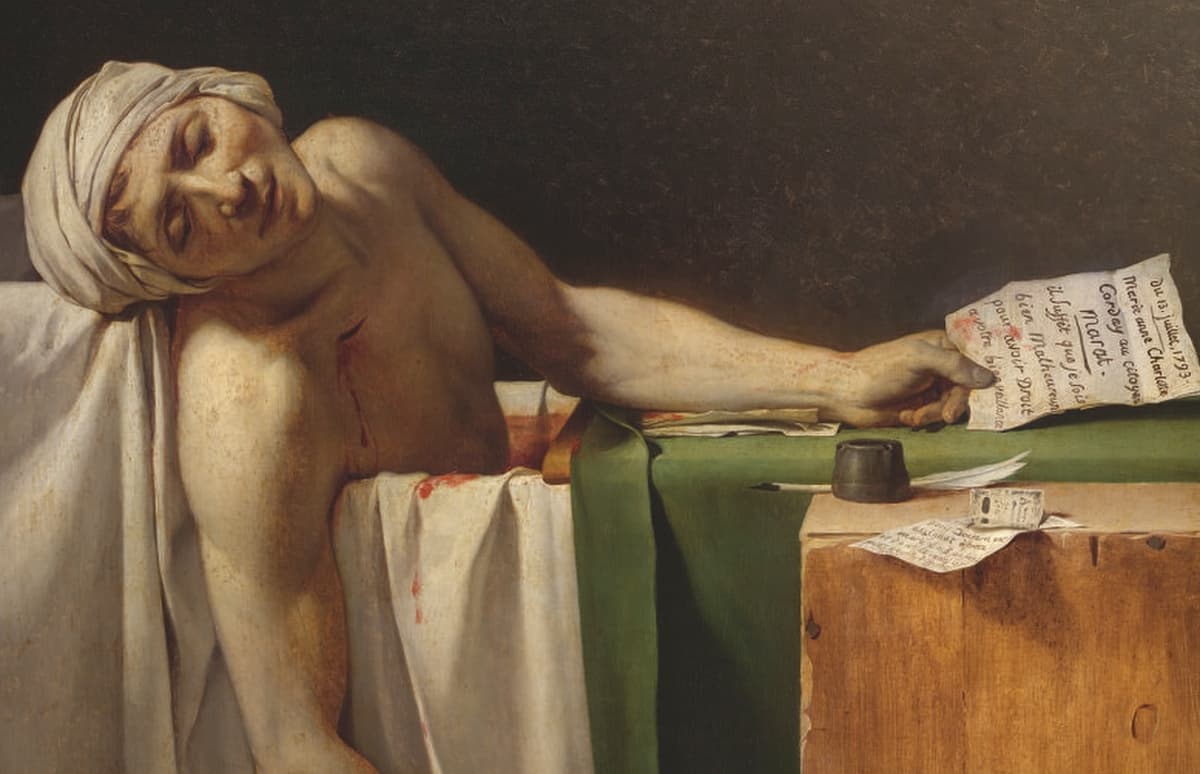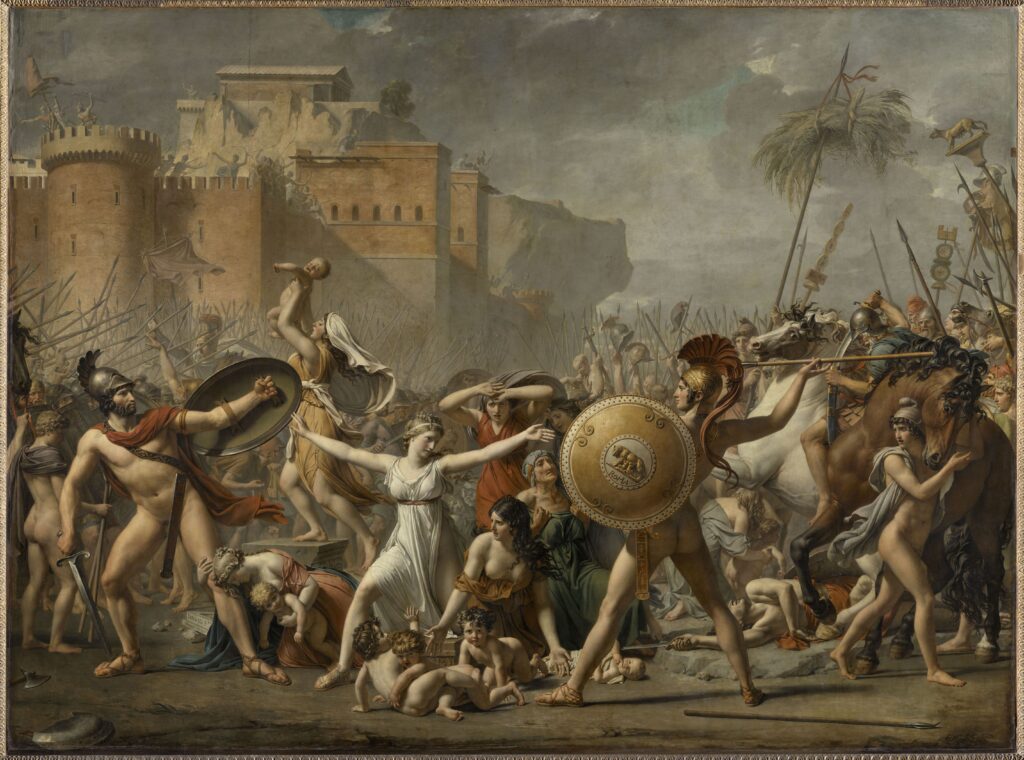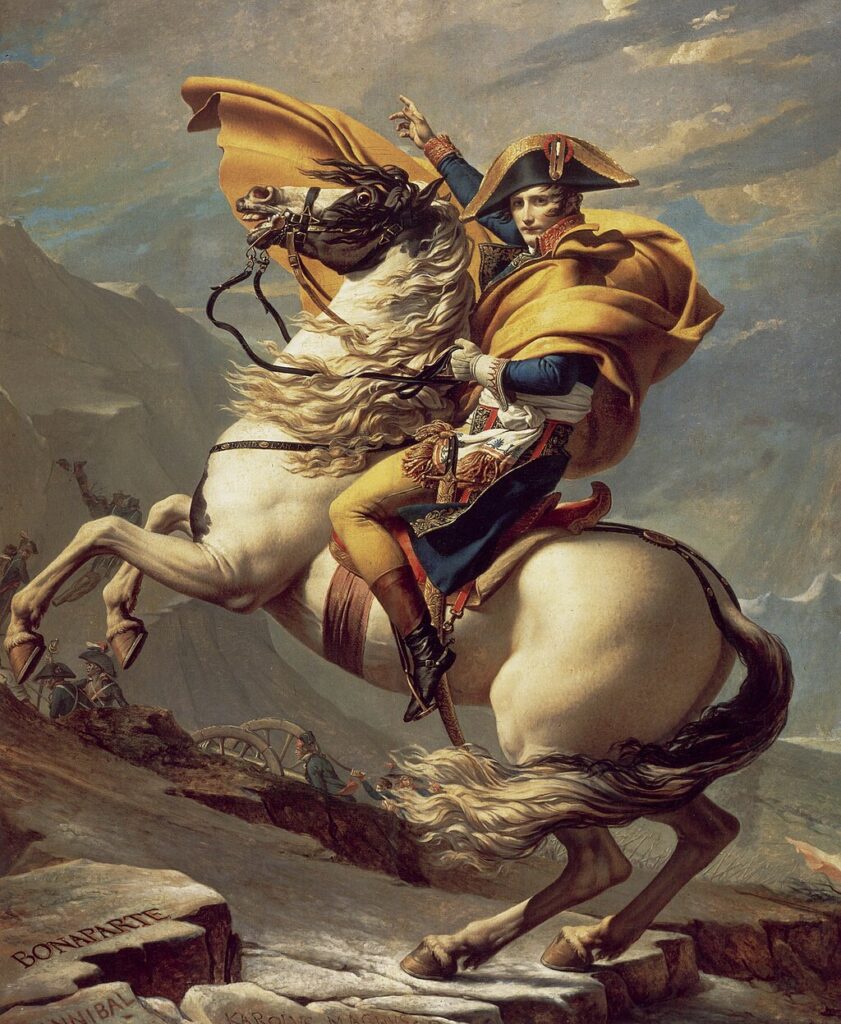The Louvre, Hurting From a Heist, Stages a Show for the Ages With ‘Jacques-Louis David’
The museum, even as it pursues those who swiped its jewels, stages an exhibition of France’s greatest painter.

PARIS — The Louvre can credibly claim to be the greatest museum on the planet, but it’s had better months. The heist of jewels estimated to be worth between “inestimable” and 88 million euros is the talk of the town here at the City of Light. Two suspects are in custody. Jewels have been moved to the highest security vault at the Bank of France, the “Souterraine,” which also houses Leonardo da Vinci’s notebooks and much of the Fifth Republic’s gold.
Enter “Jacques-Louis David,” a sprawling one-man show devoted to the protean genius of the French Revolution. An immortal artist and a political survivor, David delivered indelible images of the ancien régime, the Revolution and its Terror, and the conquering Napoleon Bonaparte. This required keeping a firm grip on his paintbrush — and his head. There were many hazards in a life lived in France between 1748 and 1825 and spent painting power.
One could call David France’s painter of record. The Louvre, now lighter in the jewelry drawer, has rustled together a critical mass of stunners. The show gains salience from knowing that David spent three years at France’s Royal Academy, which was based in what is now the museum. After three tries, the Academy finally awarded him the Prix de Rome, which funded a painting residency in the Eternal City. Little of his early art suggested a revolutionary.
David’s classical paintings achieve pulses without sacrificing decorum. His “The Death of Socrates,” of the philosopher teaching on his deathbed, hemlock on hand, is the defining one of the argumentative Athenian. “The Intervention of the Sabine Women” is both crowded and choreographed. It’s reverent but also sexy, capturing a moment of hot-blooded energy. “The Oath of the Horatii,” on the other hand, is minimalist and stately.

The Louvre reckons that David’s paintings are “more intensely charged with feeling than is belied by their extreme rigour.” That alchemy, the museum contends, made him an artist whose “importance was unmatched in his day.” There was another side to David, though — his immersion in high politics. A son of privilege, he was nevertheless a friend of Maximillian Robespierre, a Jacobin, and a regicide who voted to execute Louis XVI.
David bent his artistic talent to chronicling the Revolution even as he contributed directly to its carnage as a member of the Committee of General Security, which oversaw the mass executions of the Reign of Terror. So committed was David to the most extreme of revolutionary goals that he organized the “Festival of the Supreme Being,” a holy day for the new religion that Robespierre hoped would replace Catholicism in his new dispensation.
A never-completed painting of the Revolution’s beginnings, “The Tennis Court Oath,” haunted David for years, and the canvas on display here is a tantalizing fragment. Anonymous nudes — he never got to the clothes — twist and turn with the torque of newfound democratic agency. Some faces have been painted on with almost photo-realistic accuracy. The Louvre suggests that was a strategy to entice patrons now that Versailles was under siege.

The show’s greatest piece, and its most chilling, is “The Death of Marat.” It is a macabre masterpiece and an act of propaganda. David renders his friend and fellow revolutionary Jean-Paul Marat as a slain martyr with unmistakable echoes of the Christian savior deposed from the cross. What could have become a sordid scene — Marat was murdered by Charlotte Corday in the bathtub — instead becomes a scene of visionary violence. She would be guillotined.
Especially haunting is the water tinctured with blood, as if Moses’s plague on the Nile eddied into this Parisian tub. The high-resolution depiction of Marat holding his newspaper, L’Ami du peuple, conveys a forensic sense of a crime scene’s meticulous inventory of evidence. The influence of Michelangelo’s Pietà looms, as does Caravaggio’s achievement with the cinematics of light and shadow. David’s has been called the first modern painting.
David’s fortune turned when the guillotine began falling on the necks of the new elite just as it had on the old one. Robespierre would eventually be given the same fate — the guillotine, on July 28, 1794 — that he assigned to so many others. David, though, managed to survive. Soon enough the protean painter had a new subject and sovereign, a Corsican man of destiny: Napoleon Bonaparte.
Just as David’s painting of Marat is the most indelible image to emerge from the Revolution, his renderings of Napoleon define the dictator. First there is “Napoleon Crossing the Alps,” a series of five paintings made for the king of Spain in 1801 that presents images of surging power. The conqueror, high on his raring mount, possesses the horsepower, in all senses, to conquer Europe. The steed’s wild eye appears to promise a new age of war.
Then, from a decade later, there is “The Emperor Napoleon in His Study at the Tuileries.” Here is Napoleon as administrator and lawgiver. The most famous of David’s paintings of Napoleon, though, resides just a stone’s throw away from the exhibition, in another room at the Louvre. That is “The Coronation of Napoleon,” a giant depiction of the moment when Bonaparte became emperor, blessed by Pope Pius VII at Notre-Dame.
David lived long enough to see himself crowned as artistic royalty, the man who showed France herself during the most consequential era in her long history. His canvasses were never far from politics and bloodshed. Not many men, let alone artists, can claim to have been intimates of both Robespierre and Napoleon. One wonders if proximity to tyrants was the secret ingredient that made David arguably the greatest painter France has ever produced.

